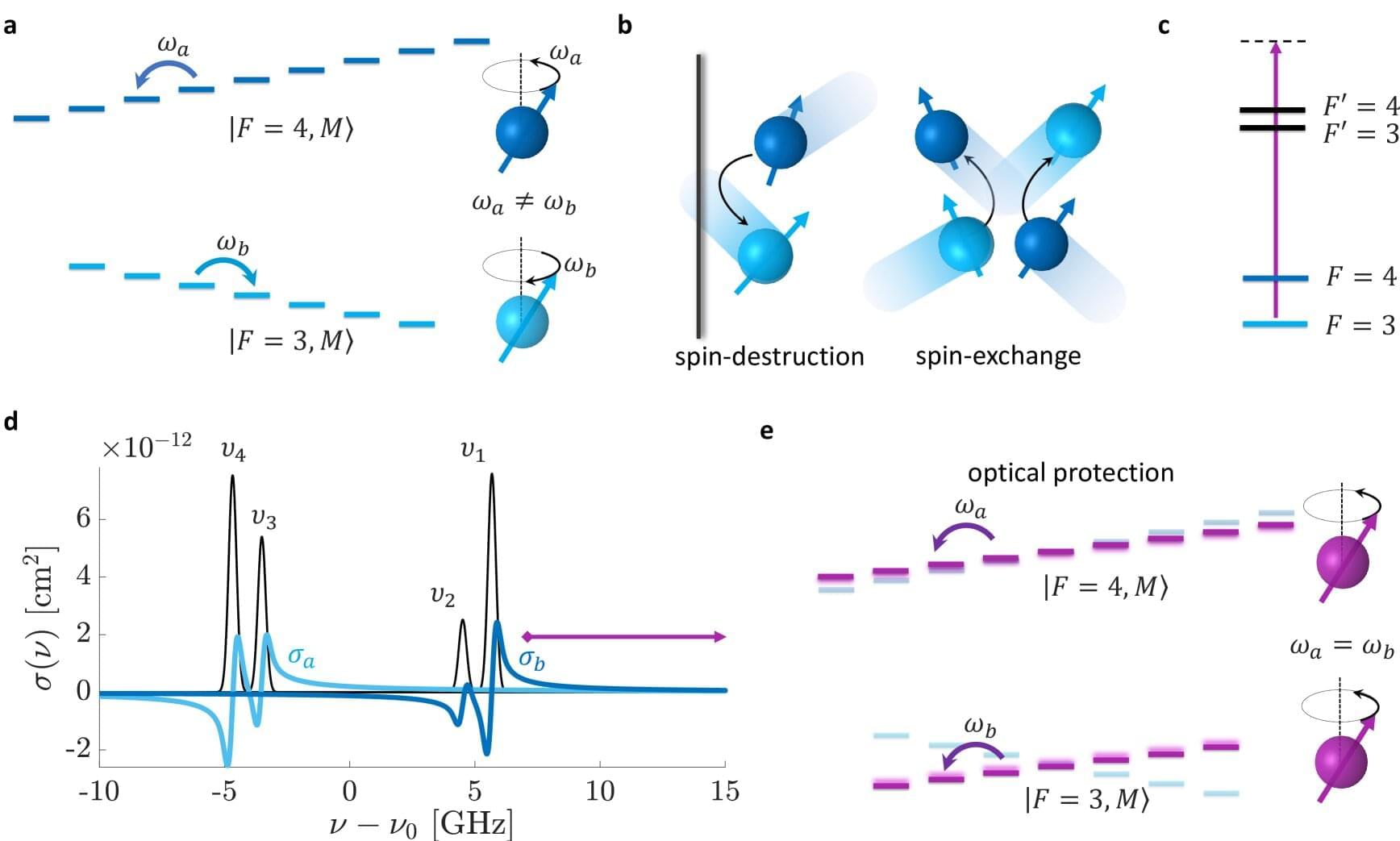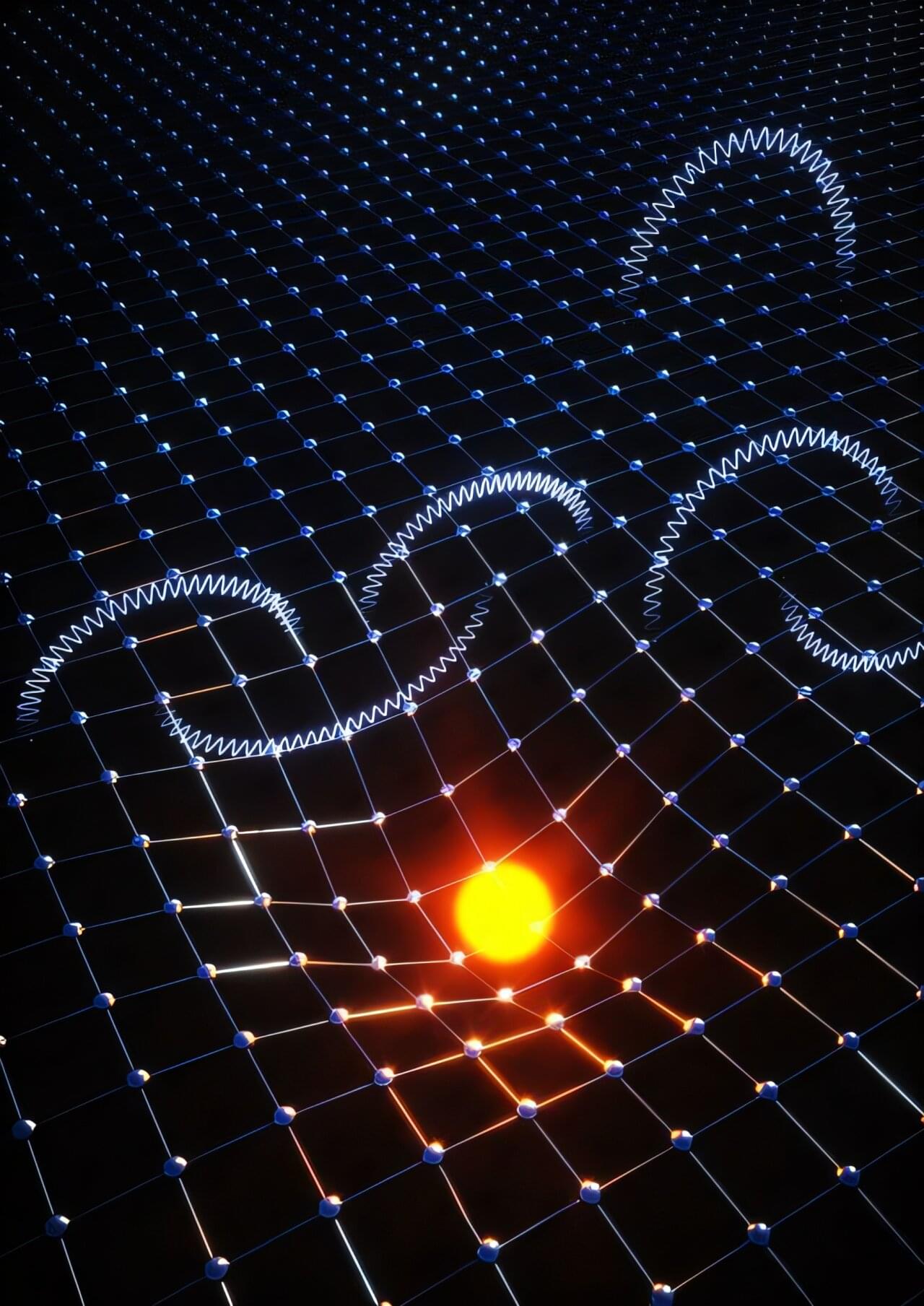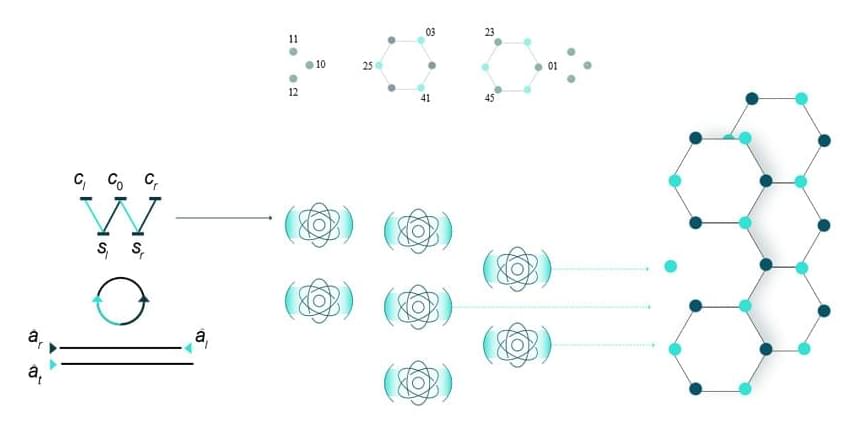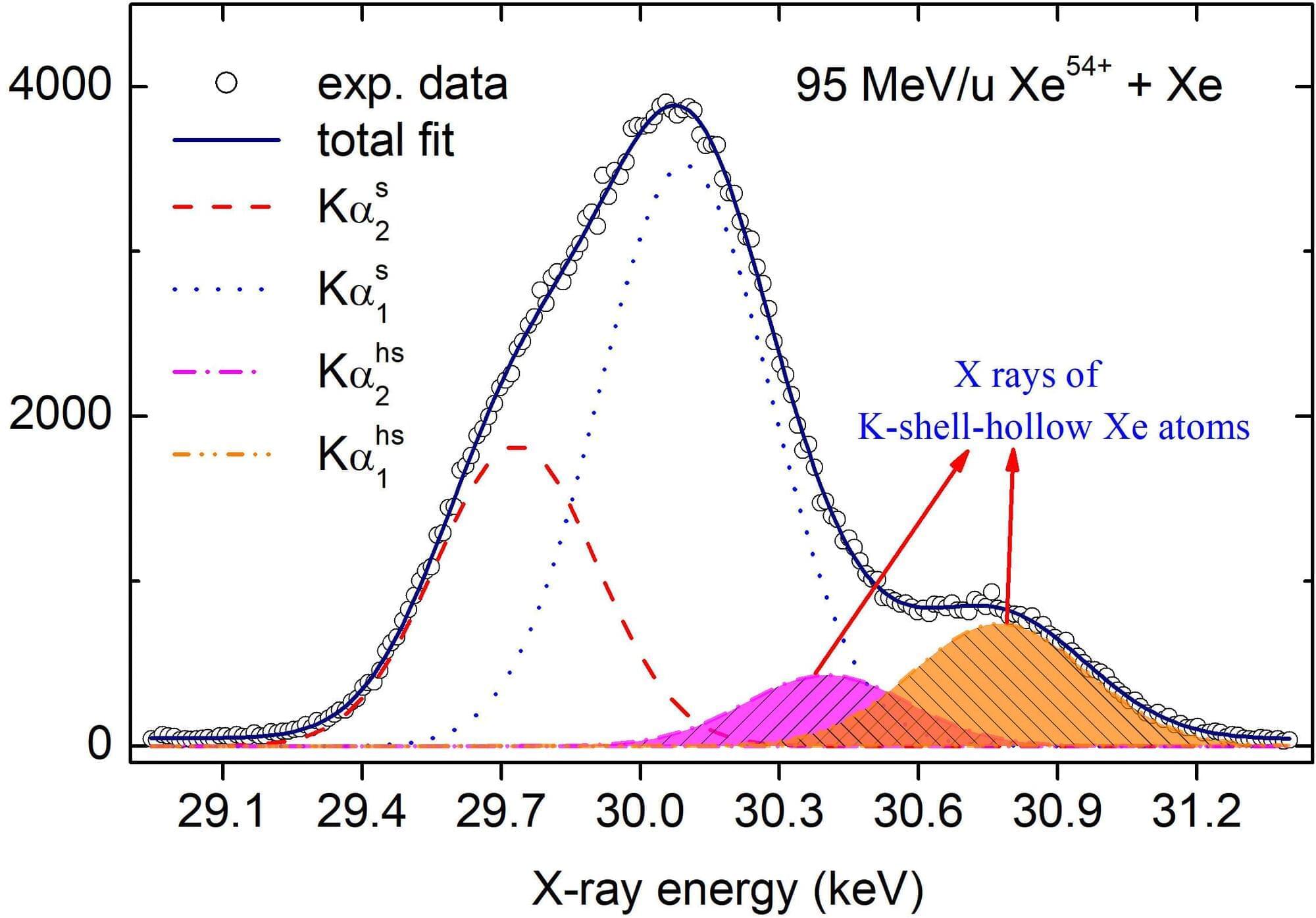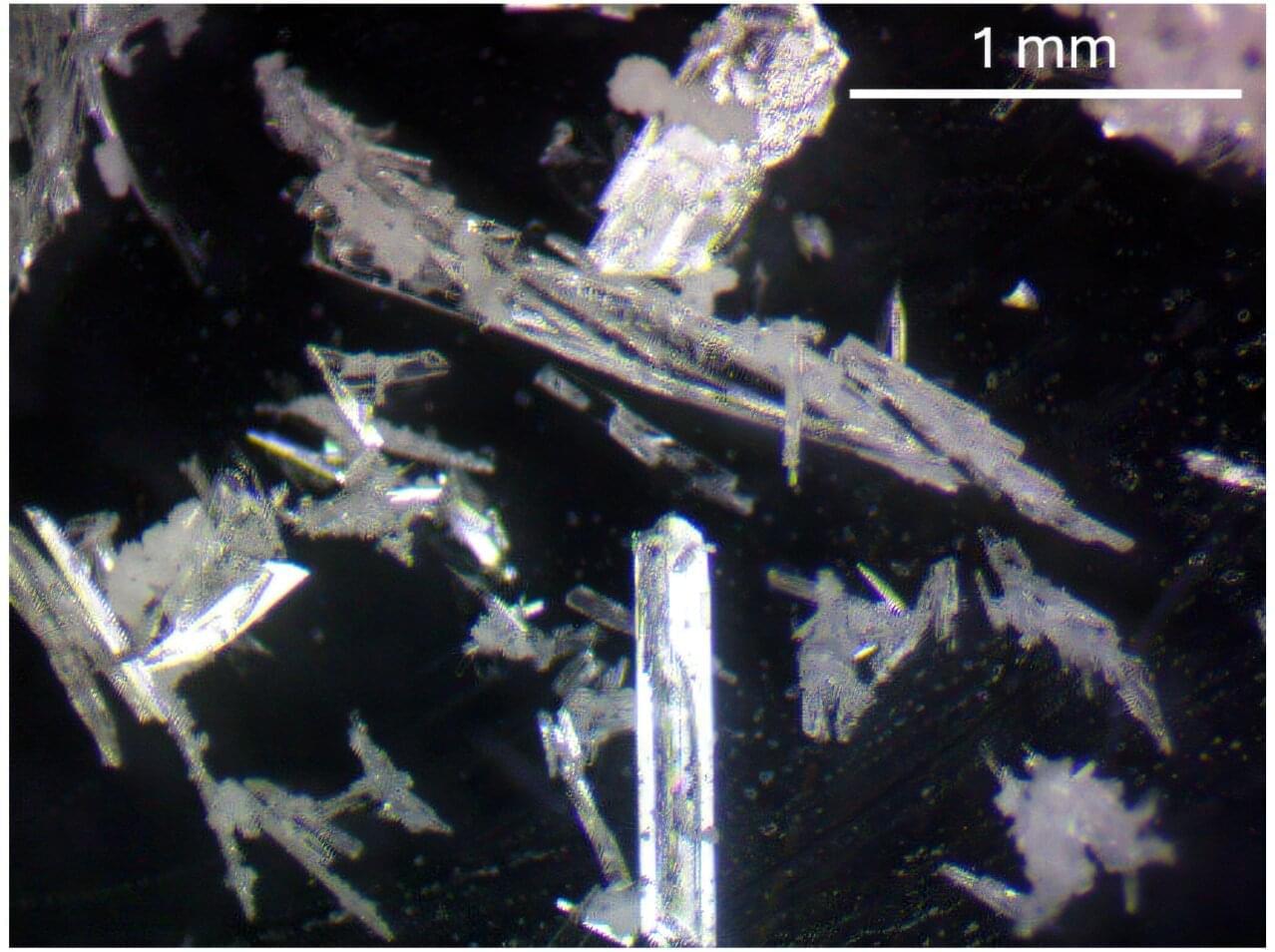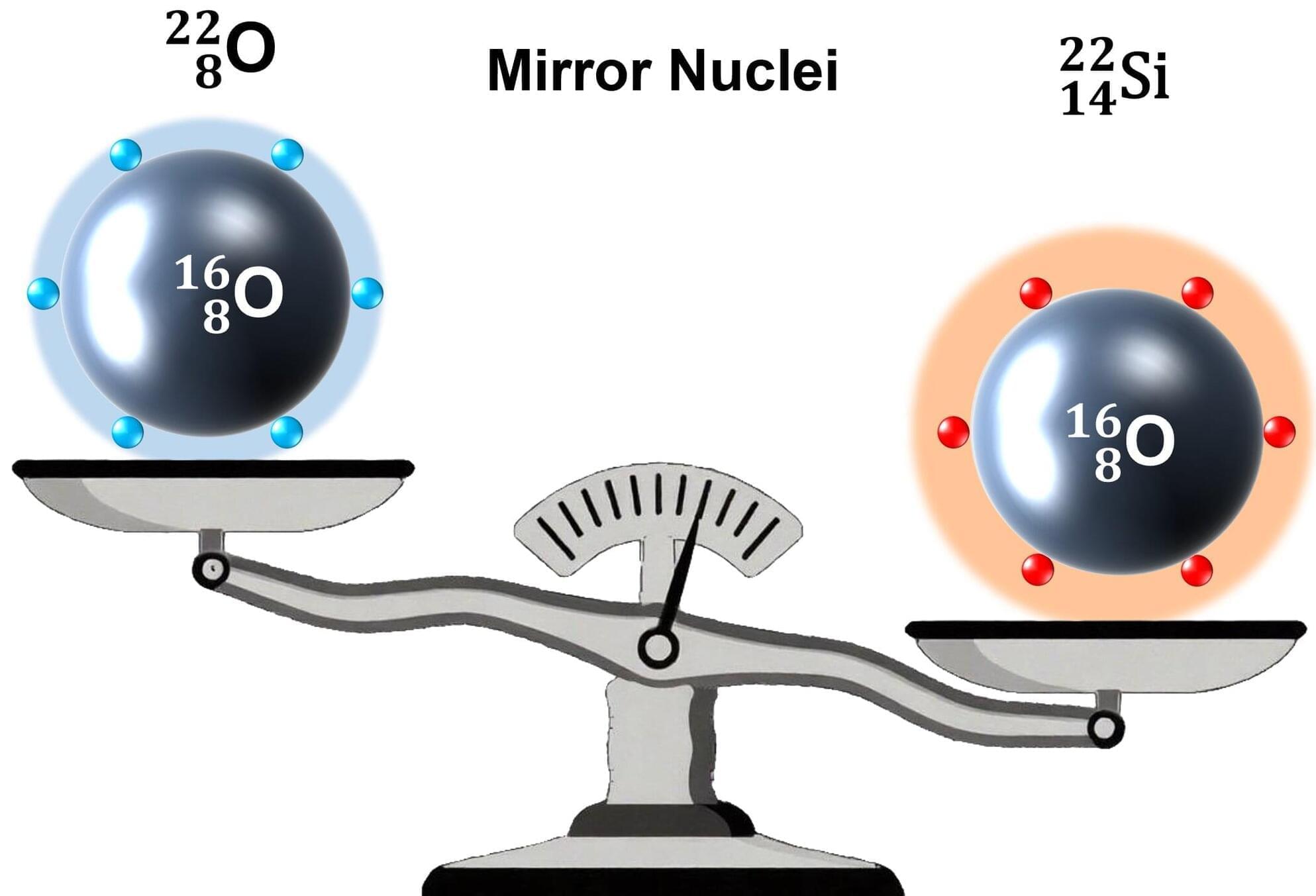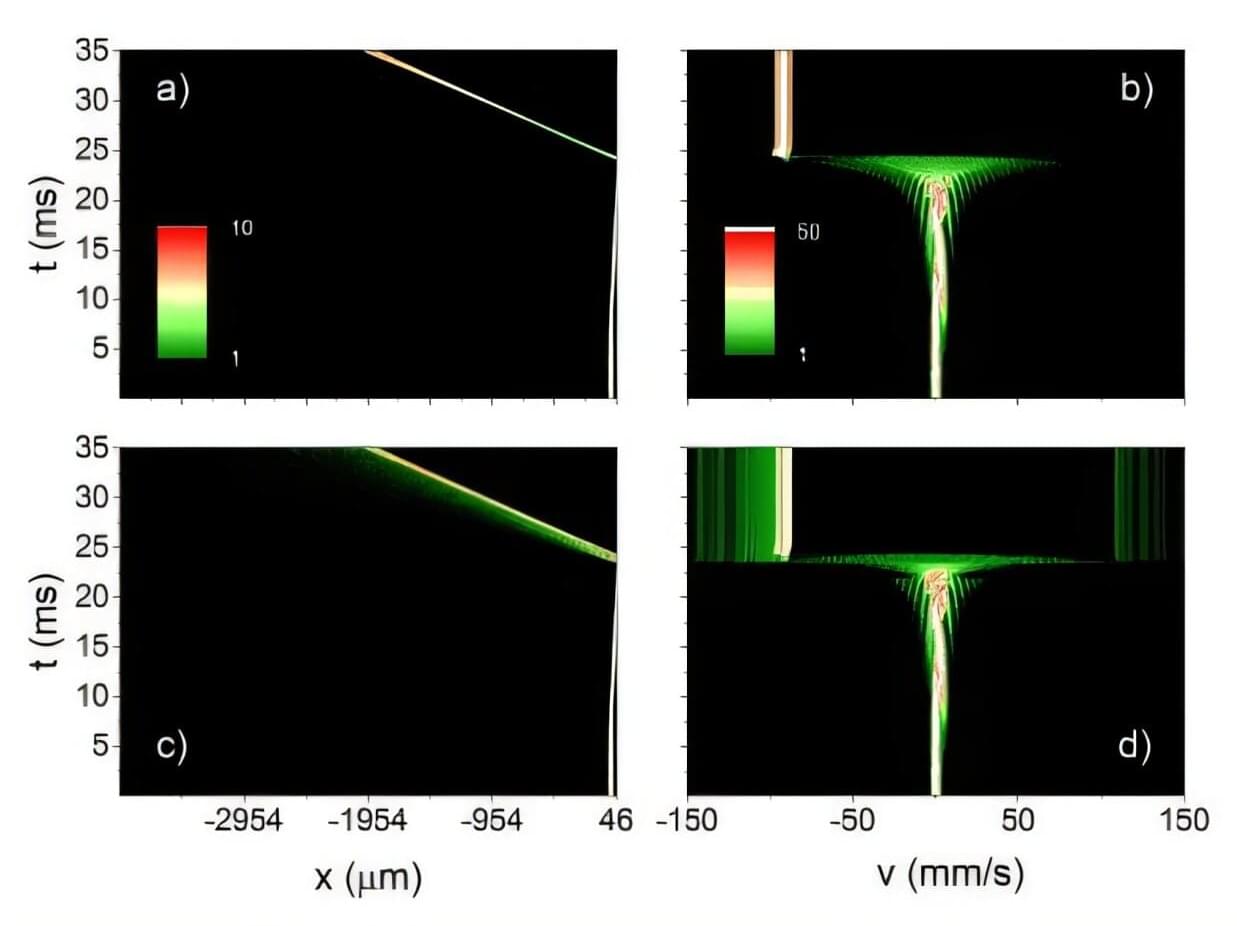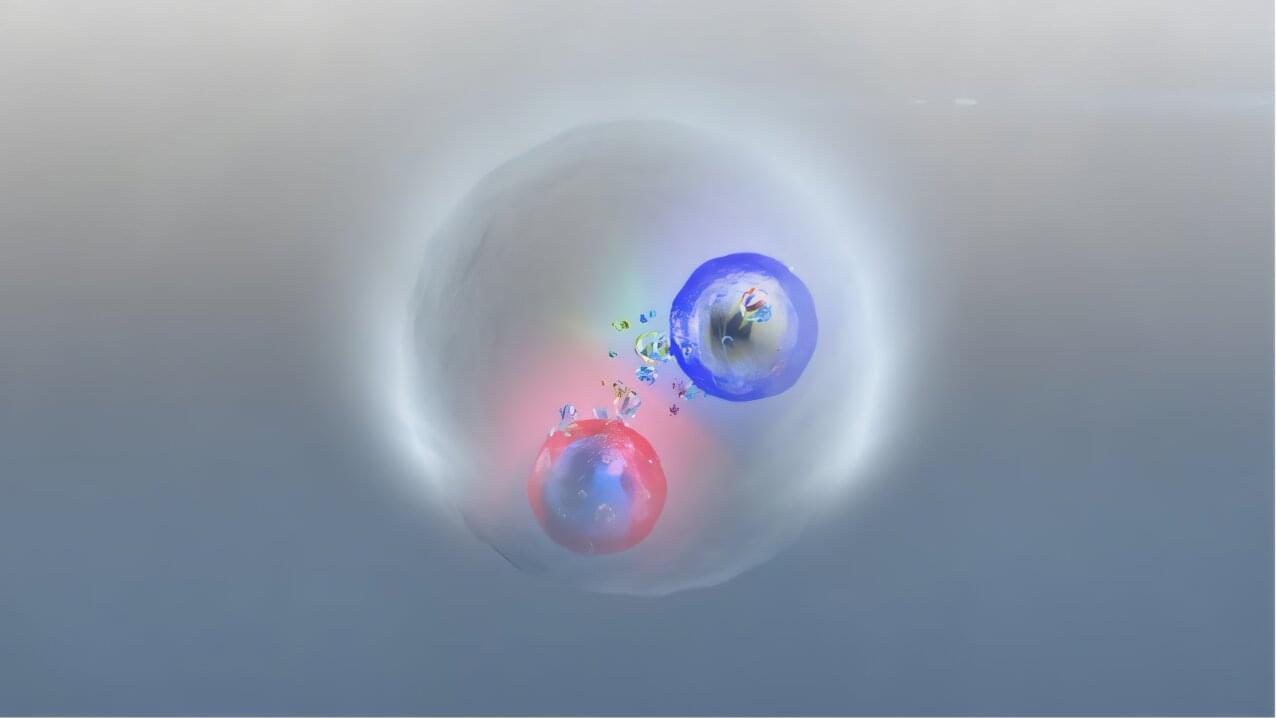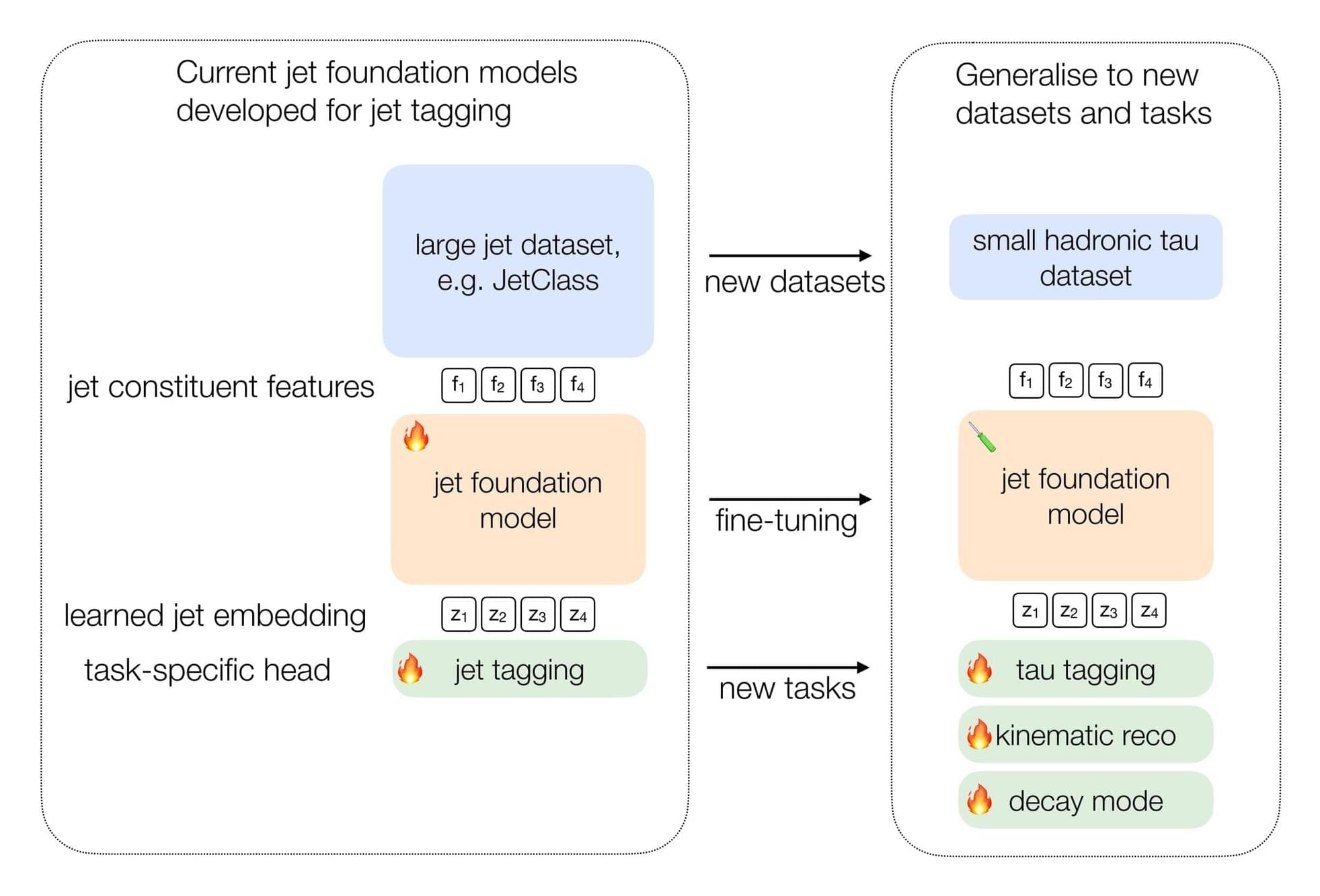Researchers have discovered a simple yet powerful way to protect atoms from losing information—a key challenge in developing reliable quantum technologies.
By shining a single, carefully tuned laser beam on a gas of atoms, they managed to keep the atoms’ internal spins synchronized, dramatically reducing the rate at which information is lost. In quantum sensors and memory systems, atoms often lose their magnetic orientation —or “spin”—when they collide with each other or the walls of their container.
This phenomenon, known as spin relaxation, severely limits the performance and stability of such devices. Traditional methods to counteract it have required operating in extremely low magnetic fields and using bulky magnetic shielding.
